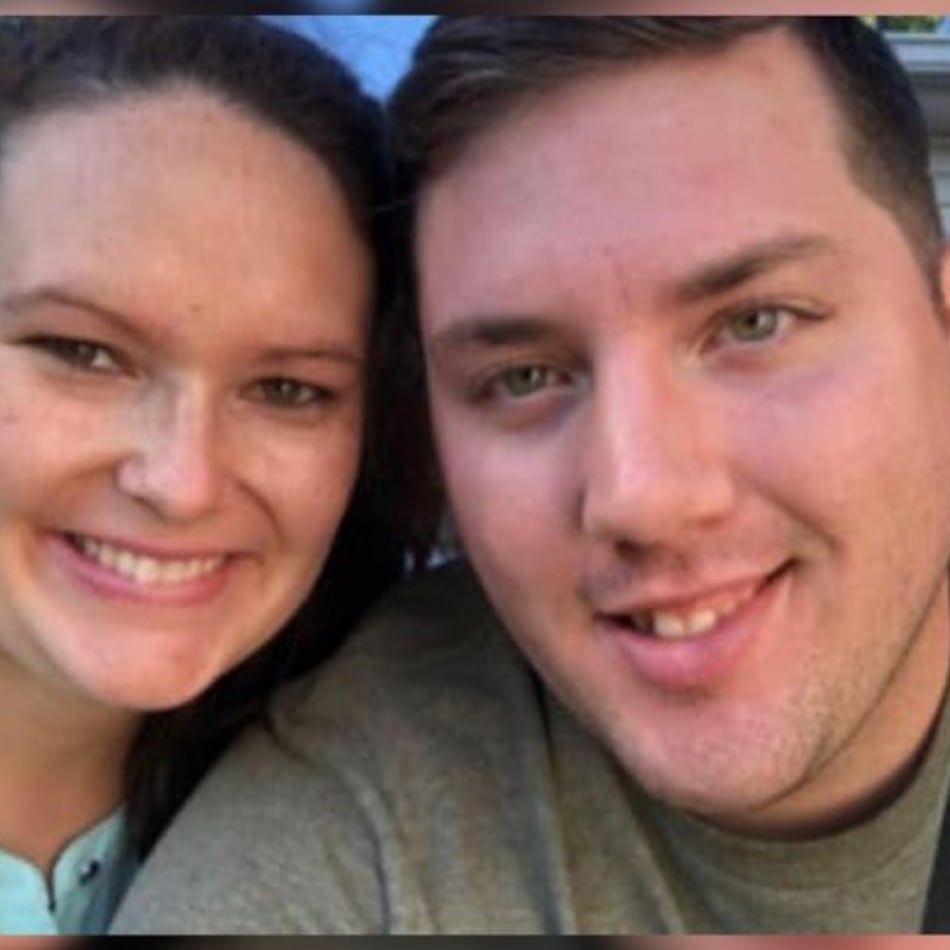Georgia Tech Police Chief Robert Connolly prepares for the worst thing imaginable every single day: a school shooting.
In April, a student at Florida State University was charged with killing two people and injuring five others on campus. Connolly said he immediately began reviewing the case.
“We watch every event that happens in the country,” he said. “Obviously, the biggest question is, what did they miss?”
After mass killings, schools often install weapon-detection cameras and other tools to help physically protect the campus. But “the meat is prevention,” he said.
“Putting all those cameras up … that’s great,” Connolly said. The larger challenge is for schools to identify students who are struggling and provide them assistance.
That’s something the state is hoping to figure out.
After September’s deadly shooting at Apalachee High School in Barrow County, Georgia legislators led by House Speaker Jon Burns met with educators, students and parents around the state to come up with a plan to prevent future tragedies. What resulted is House Bill 268, which Gov. Brian Kemp signed into law last month.
The legislation requires public schools to identify, assess and mitigate potential threats made by students and to create plans to help students in need to get behavioral health support. But it stops short of implementing restrictions on firearm access as Democrats had hoped.
During hearings, several parents said they supported the intention but were concerned about how such a system would operate. Georgia Tech’s program could provide a blueprint for K-12 schools.
Determining a credible threat
Credit: Jason Getz / Jason.Getz@ajc.com
Credit: Jason Getz / Jason.Getz@ajc.com
Inside the command room of Georgia Tech’s police department in Midtown, large screens display a snapshot of the community, with 5,000 cameras ready to zoom in on any given location.
One monitor shows updates from LiveSafe, which connects to an app students have on their phone. Through the app, they can snap a photo or report a tip and in moments, a 24/7 team will review the submission.
The state’s new law requires schools to utilize an app or other digital platform so students and families can anonymously report dangerous and potentially harmful activity impacting students or school staff.
But during debate, several parents and lawmakers worried that the platform, by nature of its anonymity, could be abused by students making false reports about each other.
State Rep. Phil Olaleye, D-Atlanta, had requested to change the language in the bill from anonymous reporting to private reporting.
“I do see value in transparency on who is bringing (claims) forward,” he said in March. “My concern is around false reporting and not creating an incentive to falsely report claims.”
In those cases, Connolly said there would be some accountability for people who put others’ reputation at risk for personal vendettas.
Credit: Jason Getz / Jason.Getz@ajc.com
Credit: Jason Getz / Jason.Getz@ajc.com
But, he said, it’s unlikely for a false report to make it that far in the first place because his digital intelligence team has a rigorous process to determine the credibility of threats based on national standards.
For example, there are protocols to follow if a student says, “I’m going to kill my teacher if she doesn’t give me an extension on this assignment,” or “Finals are killing me. I’m at the end of my rope, and I can’t do this anymore.”
According to a violence risk assessment sheet that Georgia Tech uses, there are escalating and mitigating factors that could increase or minimize the perceived risk. If the student has shared specific details about the type of weapon they would use or a plan to carry it out, that would heighten the risk. However, if the threat is the context of political speech during class or if authors are non-native English speakers who may not realize what they are saying, that would lower the risk.
Credit: Jason Getz / Jason.Getz@ajc.com
Credit: Jason Getz / Jason.Getz@ajc.com
Flynn Nauta, a digital intelligence analyst on the team, ticked off a list of questions she would review.
“Are they saying a specific classroom or a specific building, or are they just saying, I’m gonna blow up the school? Have they had any past instances where they’ve had indicators that they were going to do something like this, or any mental health issues?” she said. “Are they targeting a specific individual or a specific building? Are they saying, I’m going to do it at this specific time, on this specific day, or is it just kind of up in the air?”
The checklist can “take down those really high emotions and bring us back to whatever the reality of the situation is, or on the opposite side of that, bring it up to the level that it needs to be on,” said Megan Kopf, another analyst on the team.
Credit: Miguel Martinez-Jimenez
Credit: Miguel Martinez-Jimenez
Getting on — and off — a list
During debate on the legislation, many parents and lawmakers also worried about the long-term impacts of a child ending up on some kind of list or database. They feared it may affect their child’s chances of getting into college or be used for nefarious purposes.
Georgia Tech does maintain a list of individuals they are concerned about, but viewership is extremely restrictive.
“They have to meet a certain threshold to make it to that point. We don’t just add anyone; we’re very selective about who goes into that software. And that is a collective decision,” Nauta said.
As part of negotiations on the legislation, parents and students will have the ability to petition for their removal from the system.
At Georgia Tech, Connolly said there is a five-year retention period that may be shorter based on the student’s conduct and behavior. He said it’s necessary for public safety.
“It goes back to that privacy issue. People feel entitled to expunge everything but unfortunately, how would we ever protect others if you can just erase yourself?” he said.
Building trust
To make this kind of a program work, the community has to trust the police department. Connolly admits that has been hard since at least 2014, when a police officer fatally shot Michael Brown in Ferguson, Missouri, sparking debates and protests about the role of law enforcement and race.
Credit: Jason Getz / Jason.Getz@ajc.com
Credit: Jason Getz / Jason.Getz@ajc.com
Members of the Georgia Tech’s digital intelligence team said they are not sworn police officers, and their focus is not on punishment but rather getting students help.
“It is mainly to figure out intervention strategies for the individual,” Nauta said. “How can we best help this student? Is it contacting their parents? Is it connecting them with the mental health resources on campus? Is it bringing them in to talk to them?”
Connolly said he doesn’t see arresting students as a primary response to be particularly useful anyway.
“You’re in a compassionate world in higher education. What we’re going to do is get them help to try to alleviate the problem because giving them more pressure, giving them sanctions, that’s not going to help the issue. It’s only going to activate the whole thing,” he said.
Connolly applauded the state for implementing similar systems in K-12 schools, but cautioned to give it space to work.
“It’s going to take time. This legislation is really just going to start something that’s going to take a long time to build,” he said.
About the Author
Keep Reading
The Latest
Featured





